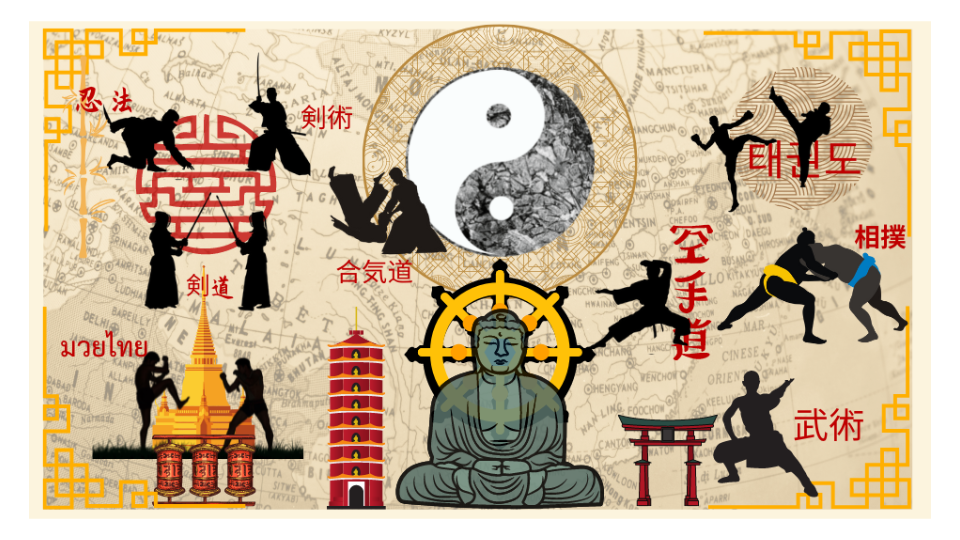Musha Shugyo, in Japanese martial arts, represents a significant aspect of a warrior's journey or pilgrimage for self-improvement and spiritual growth. It involves undertaking a dedicated and often arduous quest to seek knowledge, enhance martial skills, and cultivate inner development.
During Musha Shugyo, a warrior would embark on a journey, traveling to different dojos (training halls) or martial arts schools, seeking instruction and training under various masters. This pilgrimage allowed them to learn from different perspectives, styles, and techniques, expanding their martial repertoire and understanding.
The purpose of Musha Shugyo extends beyond physical training. It is also an opportunity for the warrior to challenge themselves mentally, emotionally, and spiritually. The demanding nature of the journey and the encounters with different teachers and training environments offer opportunities for self-reflection, discipline, and personal growth.
Musha Shugyo often involved living a humble and austere lifestyle during the pilgrimage. Warriors would undergo rigorous training routines, endure physical hardships, and immerse themselves in the martial arts community. This immersion allowed for the development of character, discipline, resilience, and a deepening of the warrior spirit.
The experiences gained during Musha Shugyo were highly valued, not only for the advancement of martial skills but also for the refinement of one's character and the acquisition of wisdom. It was believed that through the challenges and experiences encountered on the journey, a warrior would attain a greater understanding of themselves, their art, and their place in the world.
Musha Shugyo holds historical and cultural significance in Japanese martial arts, reflecting the dedication, perseverance, and continuous quest for improvement that were highly esteemed qualities among warriors. While the traditional practice of Musha Shugyo may have evolved or diminished in modern times, its principles and ideals continue to inspire martial artists seeking personal growth and mastery in their respective disciplines.

